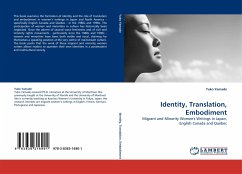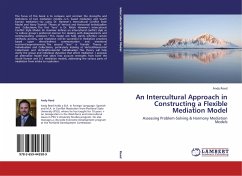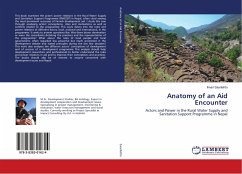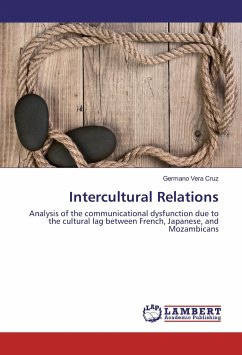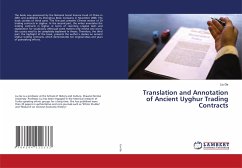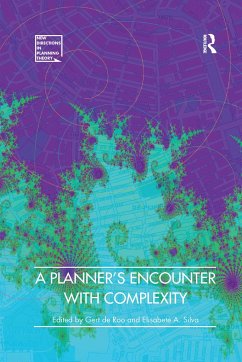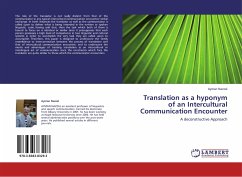
Translation as a hyponym of an Intercultural Communication Encounter
A deconstructive Approach
Versandkostenfrei!
Versandfertig in 6-10 Tagen
32,99 €
inkl. MwSt.

PAYBACK Punkte
16 °P sammeln!
The role of the translator is not really distinct from that of the communicator in any typical intercultural communication encounter/ verbal exchange. In both instances the translator as well as the communicator is called upon to deliver what is being intended in the written or spoken linguistic code. Having said that, then the task which both of them is bound to focus on is identical or similar since it presupposes that each person possesses a high level of competence in two linguistic and cultural systems in order to accomplish the very task they are called upon to accomplish. Therefore, thi...
The role of the translator is not really distinct from that of the communicator in any typical intercultural communication encounter/ verbal exchange. In both instances the translator as well as the communicator is called upon to deliver what is being intended in the written or spoken linguistic code. Having said that, then the task which both of them is bound to focus on is identical or similar since it presupposes that each person possesses a high level of competence in two linguistic and cultural systems in order to accomplish the very task they are called upon to accomplish. Therefore, this paper is designed to underscore the family resemblance or interconnection between the process of translation and that of intercultural communication encounter; and to underscore the merits and advantages of treating translation as an intercultural or interlingual act of communication since the constraints which face the translator are quite similar to those which the communicator encounters



